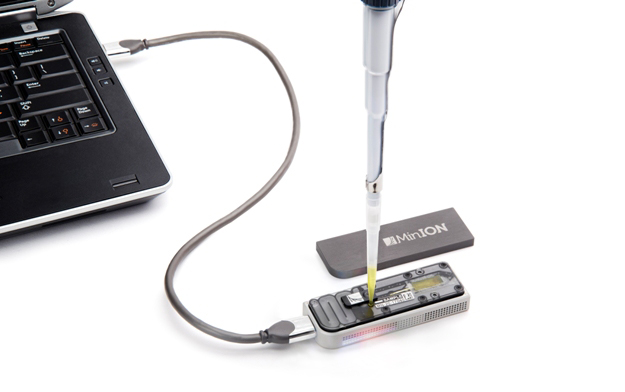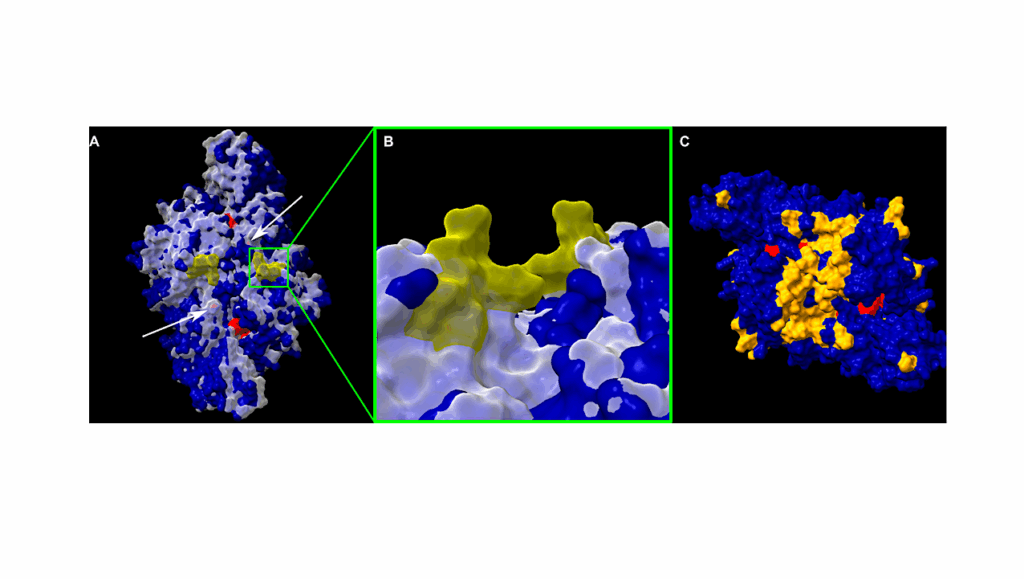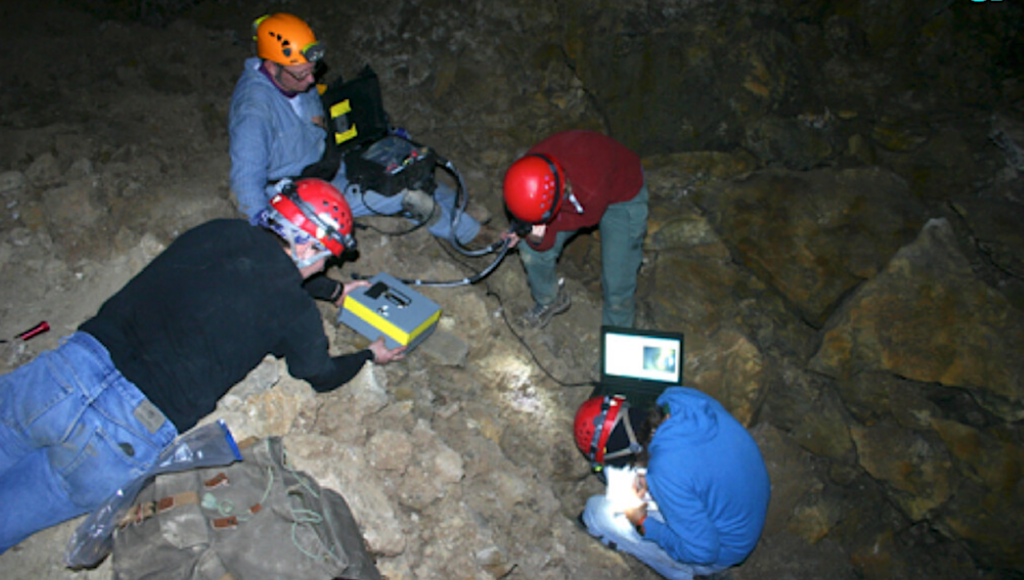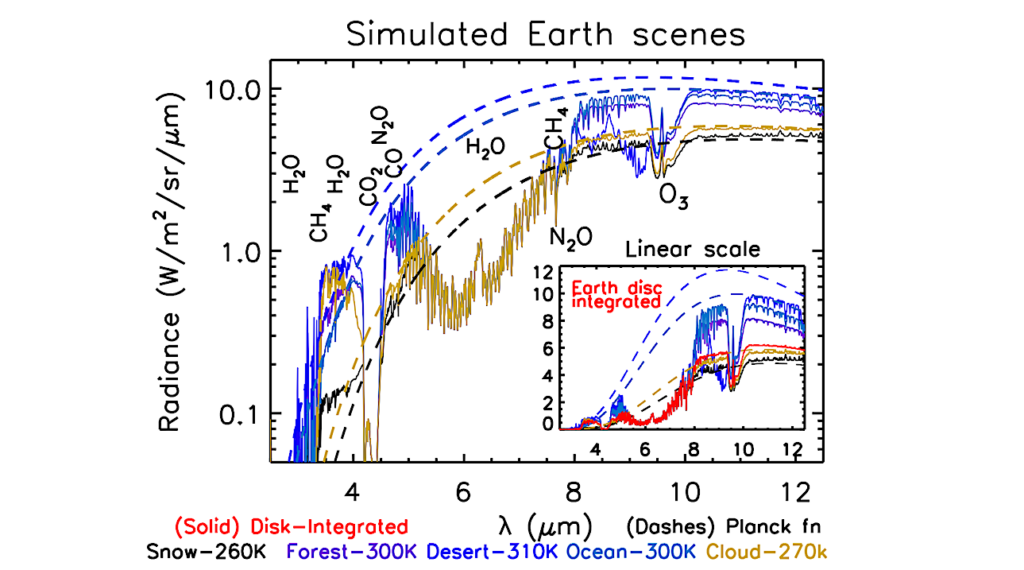Biosignature Detection And MinION Sequencing Of Antarctic Cryptoendoliths After Exposure To Mars Simulation Conditions

In the search for life in our Solar System, Mars remains a promising target based on its proximity and similarity to Earth. When Mars transitioned from a warmer, wetter climate to its current dry and freezing conditions, any putative extant life probably retreated into habitable refugia such as the subsurface or the interior of rocks.
Terrestrial cryptoendolithic microorganisms (i.e., those inhabiting rock interiors) thus represent possible modern-day Mars analogs, particularly those from the hyperarid McMurdo Dry Valleys in Antarctica. As DNA is a strong definitive biosignature, given that there is no known abiotic chemistry that can polymerize nucleobases, we investigated DNA detection with MinION sequencing in Antarctic cryptoendoliths after an ∼58-sol exposure in MARTE, a Mars environmental chamber capable of simulating martian temperature, pressure, humidity, ultraviolet (UV) radiation, and atmospheric composition, in conjunction with protein and lipid detection.
The MARTE conditions resulted in changes in community composition and DNA, proteins, and cell membrane-derived lipids remained detectable postexposure. Of the multitude of extreme environmental conditions on Mars, UV radiation (specifically UVC) is the most destructive to both cells and DNA. As such, we further investigated if a UVC exposure corresponding to ∼278 martian years would impede DNA detection via MinION sequencing.
The MinION was able to successfully detect and sequence DNA after this UVC radiation exposure, suggesting its utility for life detection in future astrobiology missions focused on finding relatively recently exposed biomarkers inside possible martian refugia.
Catherine Maggiori, Miguel Angel Fernández-Martínez, Louis-Jacques Bourdages, Laura Sánchez-García, Mercedes Moreno-Paz, Jesús Manuel Sobrado, Daniel Carrizo, Álvaro Vicente-Retortillo, Jacqueline Goordial, Lyle G Whyte
PMID: 38153386 DOI: 10.1089/ast.2023.0025
Astrobiology
2023 Dec 28. doi: 10.1089/ast.2023.0025. Online ahead of print.
https://pubmed.ncbi.nlm.nih.gov/38153386/
Astrobiology








